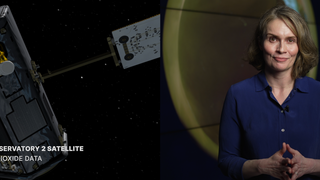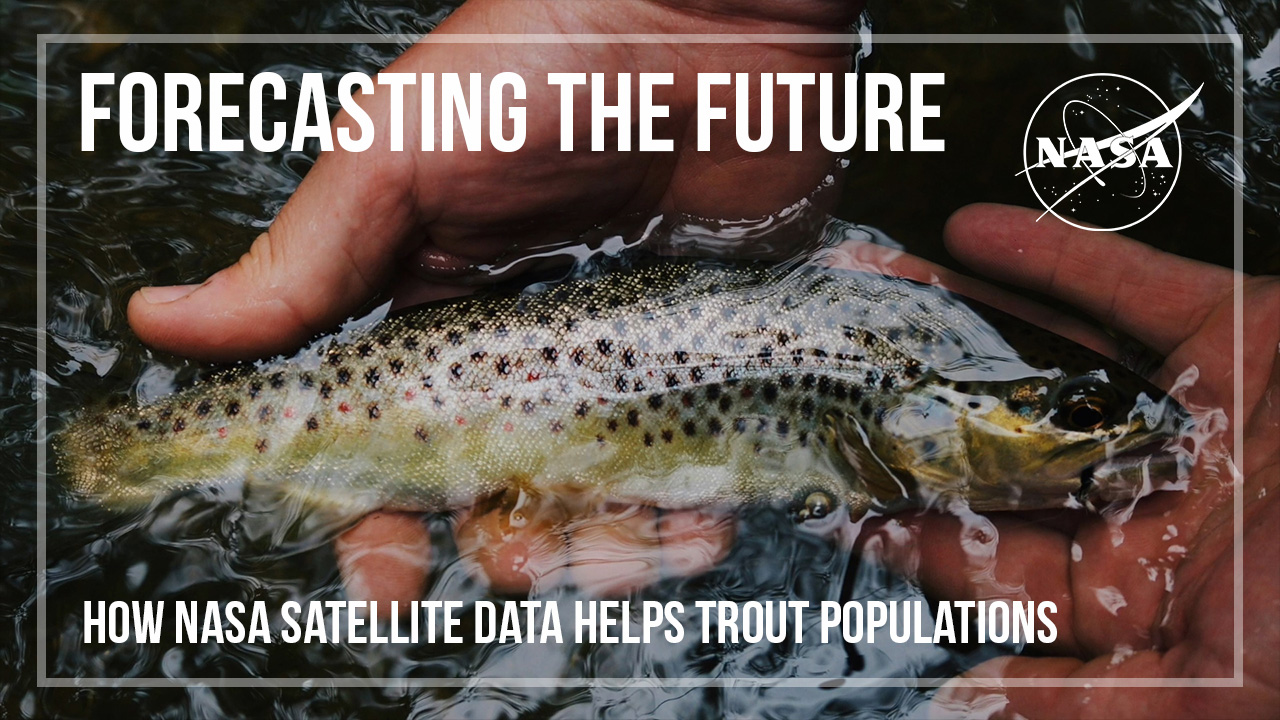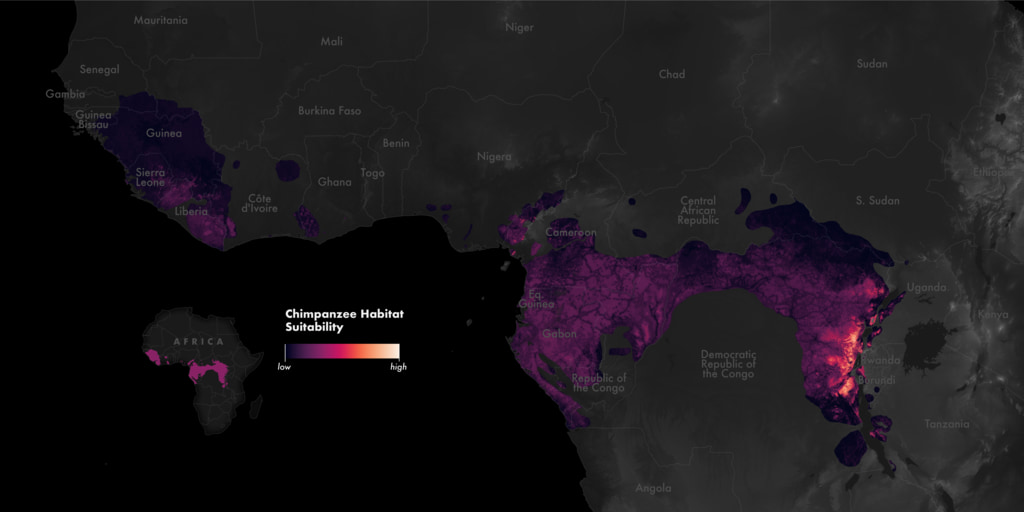NASA + The Smithsonian: Biodiversity
Biodiverse ecosystems need protection. Through fieldwork, coordination with local partners, and satellite observations, NASA and the Smithsonian are working hard to protect them.
After years of forest loss, chimpanzee habitats are recovering. This is, in part, due to a collaboration between NASA and the Jane Goodall Institute (JGI). Using NASA Earth science satellite and other data, the Goodall Institute puts imagery and data into the hands of local communities to drive conservation across Africa’s equatorial forest belt.
The Scimitar-horned oryx went from extinct in the wild to endangered in the wild thanks to the Smithsonian’s work with partners to re-introduce the species to part of its original range in Chad. After successful breeding through the Smithsonian’s National Zoo and Conservation Biology Institute, scientists are now monitoring nearly every oryx via GPS-tracking collars.
Complete transcript available.
Full 8K resolution. Optimized for Earth Information Center display.Music Credit: “Lion Track,” “Atmospheres Instrumental,” and “Fast Progress Instrumental” from Universal Production Music.
This video can be freely shared and downloaded. While the video in its entirety can be shared without permission, some individual imagery provided by Sahara Conservation and Pond5 is obtained through permission and may not be excised or remixed in other products. For more information on NASA’s media guidelines, visit https://www.nasa.gov/multimedia/guidelines/index.html
Credits
Please give credit for this item to:
NASA's Goddard Space Flight Center
-
Producers
- Kathleen Gaeta Greer (NASA/GSFC/AMA)
- Jefferson Beck (eMITS)
-
Technical support
- Aaron E. Lepsch (ADNET Systems, Inc.)
- Michael Chyatte (ADNET Systems Inc.)
- Brenda Lopez-Silva (SSAI)
- Laurence Schuler (ADNET Systems, Inc.)
- Ian Jones (ADNET Systems, Inc.)
-
Visualizers
- Cindy Starr (Global Science and Technology, Inc.)
- Helen-Nicole Kostis (USRA)
- Mark SubbaRao (NASA/GSFC)
-
Scientists
- Katherine Mertes (Smithsonian’s National Zoo and Conservation Biology Institute)
- Lilian Pintea (The Jane Goodall Institute)
- Lacey Hughey (Smithsonian’s National Zoo and Conservation Biology Institute)
- Jared Andrew Stabach (Smithsonian's National Zoo and Conservation Biology Institute)
-
Support
- Alex Gurvich (NASA/GSFC)
- Katie Jepson (eMITS)
- Nicole Ramberg-Pihl (SSAI)
- Eleanor Stokes (NASA)
- Aries Keck (ADNET Systems, Inc.)
- Christyna Solhan (Smithsonian Institution)
-
Writers
- Kathleen Gaeta Greer (NASA/GSFC/AMA)
- Jefferson Beck (eMITS)
-
Videographers
- Sean Viljoen (Conservation Film Company)
- Roshan Patel (Smithsonian Institution)
Release date
This page was originally published on Tuesday, October 8, 2024.
This page was last updated on Thursday, October 3, 2024 at 2:22 PM EDT.


![Full 8K resolution. Optimized for Earth Information Center display.Music credit: "Magical Moments by Liam Joseph Hennessy [ PRS ]" and “Strategy Meeting by Brice Davoli [ SACEM ]” from Universal Production MusicThis video can be freely shared and downloaded at https://svs.gsfc.nasa.gov/14606. While the video in its entirety can be shared without permission, the music and some individual imagery may have been obtained through permission and may not be excised or remixed in other products. Specific details on such imagery may be found here: https://svs.gsfc.nasa.gov/14606. For more information on NASA’s media guidelines, visit https://nasa.gov/multimedia/guidelines.](/vis/a010000/a014600/a014606/EIC_FIRE_FINALCUT_CENTER_ONLY_7680x2160_30fps_AAC_4800Hz_Stereo_071224_GAW.00110_print.jpg)

